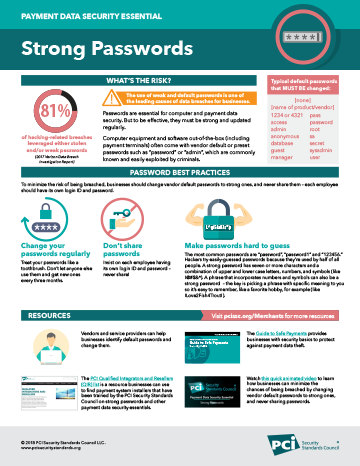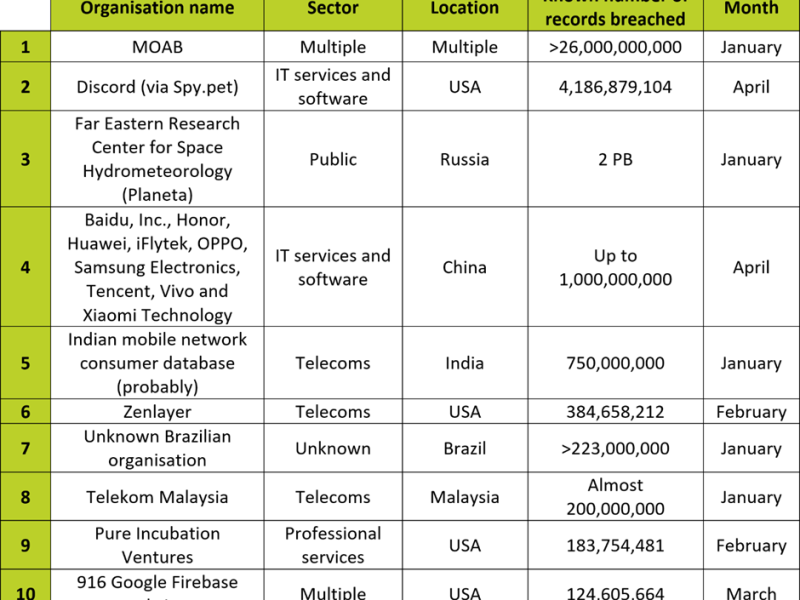In today’s digital age, keeping your personal and sensitive information secure is more important than ever. One of the most basic yet crucial ways to protect yourself online is by creating strong and secure passwords. Here are some best practices to help you enhance your password protection and keep your accounts safe from cyber threats.
Use a Combination of Characters
When creating a password, it’s essential to use a combination of characters, including uppercase and lowercase letters, numbers, and special characters. By incorporating different types of characters, you make your password much more difficult for hackers to crack.
Avoid Common and Predictable Passwords
Avoid using common and predictable passwords such as “password123” or “12345678.” These types of passwords are easily guessable and leave your accounts vulnerable to attacks. Instead, opt for unique and random combinations that are difficult to guess.
Use Longer Passwords
The longer your password, the more secure it is. Experts recommend creating passwords that are at least 12 characters long. Longer passwords provide an additional layer of protection against brute-force attacks, where hackers try to guess your password through trial and error.
Change Your Passwords Regularly
Regularly changing your passwords is another effective way to strengthen your password protection. By changing your passwords every few months, you reduce the risk of unauthorized access to your accounts. Additionally, if you suspect that your password may have been compromised, it’s important to change it immediately.
Use a Password Manager
Managing multiple strong passwords can be challenging. That’s where password managers come in handy. Password managers securely store all your passwords in an encrypted database, allowing you to access them with a single master password. This eliminates the need to remember multiple complex passwords while keeping your accounts secure.
Enable Multi-Factor Authentication
Multi-factor authentication adds an extra layer of security to your accounts by requiring additional verification steps beyond just entering your password. This could be in the form of a text message, email, or biometric scan. By enabling multi-factor authentication, you make it much harder for hackers to gain unauthorized access to your accounts.
Avoid Sharing Your Passwords
Never share your passwords with anyone, including friends, family members, or colleagues. Keep your passwords confidential and only use them for your personal accounts. Sharing passwords increases the risk of unauthorized access and compromises the security of your accounts.
Be Wary of Phishing Emails
Phishing emails are a common tactic used by cybercriminals to trick individuals into giving away their login credentials. Be cautious of emails that ask you to provide your password or personal information. Always double-check the sender’s email address and avoid clicking on any suspicious links.
Regularly Update Your Software
Keeping your software up to date is essential for maintaining strong password protection. Software updates often include security patches that address vulnerabilities that hackers could exploit to gain access to your accounts. Make sure to regularly update your operating system, web browser, and security software.
Monitor Your Accounts for Suspicious Activity
Monitor your accounts regularly for any signs of suspicious activity, such as unrecognized logins or changes to your account settings. If you notice anything suspicious, take immediate action by changing your password and notifying the appropriate authorities or account providers.
By following these best practices for stronger password protection, you can significantly reduce the risk of falling victim to cyber threats and keep your personal information secure online.


